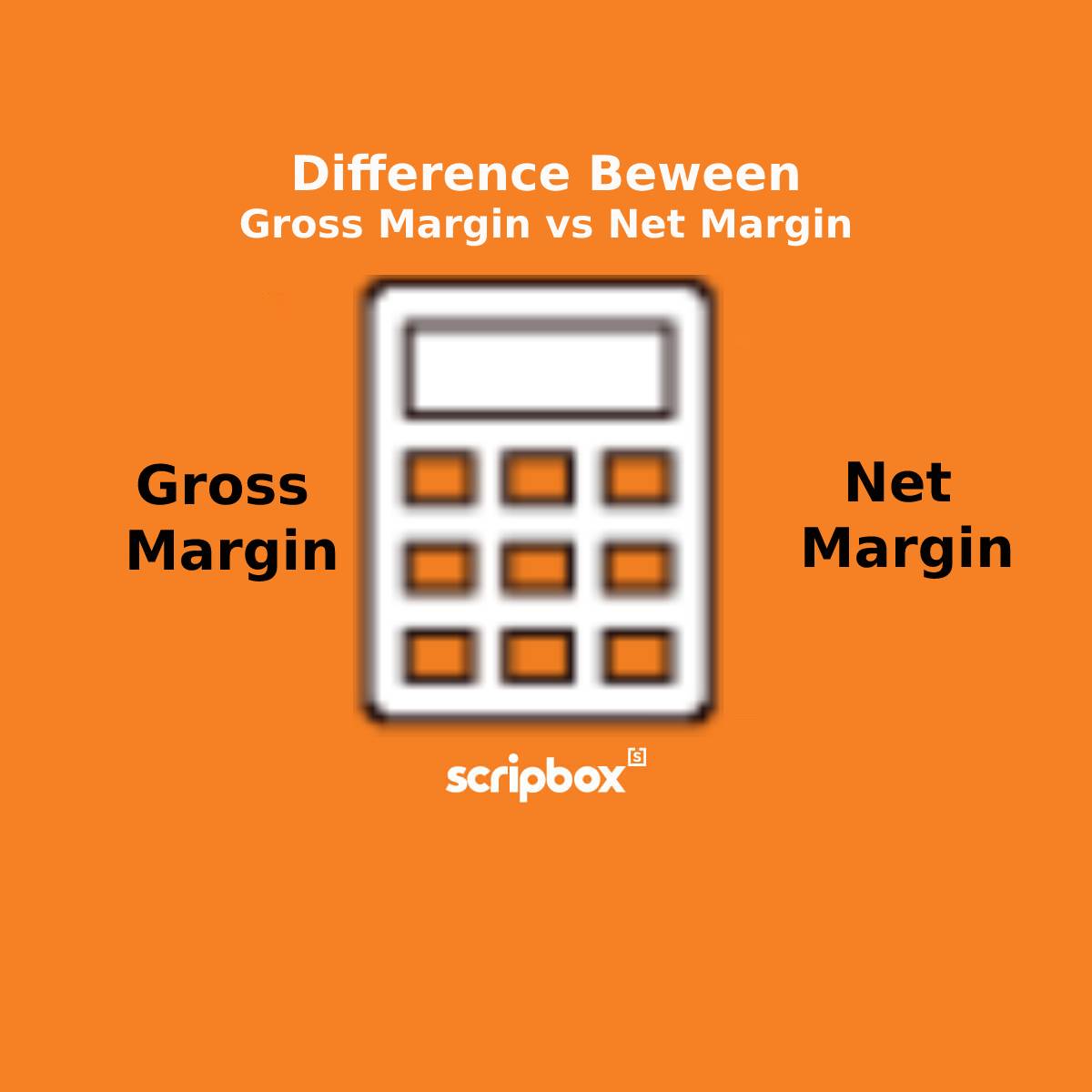Mutual funds are financial products that experts manage. They allow investors willing to participate in the financial markets but do not have the time and knowledge to trade daily in the stock market. Managing mutual funds involves certain expenses charged as a percentage of your investments. Mutual funds expenses typically include management fees and operating expenses like registrar and transfer agent fees, audit fees, custodian fees, marketing fees, and distributor fees in the case of regular funds.
What is Direct Mutual Fund?
Every mutual fund has two variants: direct and regular. Direct funds have a lower expense ratio because they do not have distributor commissions. They are sold directly by the fund house. Regular funds have distributor commission included in their expense ratio because distributors sell them for a wider reach.
Direct Vs Regular Funds
Direct and regular funds are two separate funds, but they are managed identically. It’s like buying a shirt in a store vs the factory outlet. The difference between direct and regular mutual fund is the cost. Technically the shirt serves the same purpose whether bought in a factory outlet or a store. It’s only cheaper in a factory outlet. I wish I could say the same for mutual funds. The significant difference is the expense ratio for direct and regular funds. But they come with their own set of advantages and disadvantages.
One might think they can earn higher returns with a lower expense ratio if they pick up direct funds. However, direct mutual funds lack continuous monitoring. The advisor continuously monitors regular funds. They suggest to their clients a profitable portfolio that best suits them. They rebalance the portfolio when needed to meet client goals.
Meanwhile, the investor himself has to do all this in direct funds. You see the real difference here. Let us look at the advantages and disadvantages of direct funds.
How to Invest in Direct Mutual Funds
Investing in mutual funds can be done in two primary ways:
- Direct Plans: Investing directly with the mutual fund house without involving a distributor or agent.
- Regular Plans: Investing through a mutual fund distributor or agent.
Key Requirements Before You Begin
- KYC (Know Your Customer): Complete the KYC process as regulations require.
- FATCA & CRS: Provide necessary declarations under the Foreign Account Tax Compliance Act (FATCA) and Common Reporting Standard (CRS).
- Redemption Process: Understand how and when you can withdraw (redeem) your units.
- SIP (Systematic Investment Plan): Consider setting up a SIP for regular, automated investments.
- Consolidated Account Statements: Keep track of all your mutual fund holdings across various schemes.
How to Invest in a Direct Plan
- Online Through Mutual Fund Websites: Visit the official website of the mutual fund you want to invest in. Complete the registration and KYC process, select the ‘Direct Plan’ option, and proceed with your investment.
- Online Platforms (Stock Exchange, MFU, Digital Portals): Use recognized online platforms such as the stock exchange portals or the Mutual Fund Utility (MFU) platform. Some third-party investment websites also offer the option to invest in Direct Plans.
- Physical Application Form: If you prefer offline methods, fill out a mutual fund application form, clearly marking ‘Direct Plan.’ Submit this form with a cheque or demand draft at the mutual fund’s investor service center or the registrar and transfer agent (RTA).
- Final Check: When submitting your application—whether online or offline—make sure you have explicitly selected the ‘Direct Plan’ option to ensure that your investment is made without involving a distributor or agent.
Advantages of Direct Mutual Funds
- Low Expense: The fee that the fund managers charge for managing the fund is the expense ratio. The expense ratio is lower for direct mutual funds than for regular mutual funds. AMCs pay commissions to agents for their services for regular funds, which is added to the expense ratio.
- Higher NAV: The Net Asset Value (NAV) of a mutual fund is the per-unit market price of all the securities held by the scheme. In other words, it is the ratio of the total value of assets to the number of units outstanding. The assets include equity shares, debt instruments like bonds, treasury bills, cash, etc. Therefore, the NAV of direct mutual funds will be higher than that of regular mutual funds as there is no distribution commission.
- Higher Returns: Direct funds’ expense ratio is lower than that of regular funds, as there is no commission or brokerage involved. Hence, direct funds yield slightly more returns than regular funds.
Disadvantages of Direct Mutual funds
- Difficulty in Selecting Schemes: Various AMCs in India offer several mutual fund schemes. It is not easy to select one suitable scheme from all the available options. Often, direct investors select schemes based on past performance without analyzing other factors.
- Decision Making: The investment portfolio must be monitored regularly, and suitable alterations must be made depending on market conditions and investors’ financial objectives. However, direct investors may fail to make decisions at the right time at various stages of investment tenure. Thus, such decisions may impact the wealth creation journey in the long run.
- Investor Bias: Direct investors tend to develop particular biases, which may eventually affect the investment portfolio. For instance, investors concentrate on similar category funds or funds they develop a liking for without getting into the basics. Thus, a biased investment decision may neglect asset allocation and other basics, leading to expensive mistakes in the long run.
Risks of Investing in Direct Mutual Funds
Investing directly in mutual funds can present certain challenges, which may affect overall returns and hinder long-term wealth accumulation.
Potential for Investor Bias
Without professional guidance, direct investors may develop biases—such as repeatedly choosing familiar funds or sticking to a single category—overlooking essential factors like proper asset allocation. Over time, these biases can result in poor diversification, higher risk exposure, and suboptimal investment decisions.
Alignment with Investment Objectives
Ensuring that any mutual fund you choose aligns with your investment goals, time horizon, and risk tolerance is crucial. The right fund type—whether aimed at capital appreciation, income generation, or a blend of both—varies widely among individuals. Likewise, the “best” direct mutual fund differs depending on personal objectives and preferences, not simply on whether it’s direct or regular.
Market Risks and Volatility
Mutual funds are subject to various market risks. Your investment’s NAV (Net Asset Value) can fluctuate due to changes in interest rates, trading volumes, settlement periods, transfer procedures, and the performance of underlying securities. Even if a fund is well-chosen, these external factors can affect your returns, potentially leading to losses, including loss of principal.Evaluating Schemes and Seeking Advice
Investors should thoroughly read all scheme-related documents and understand the inherent risks before investing. The product’s labeling, including the Riskometer, is a starting point. Still, it should be considered alongside other quantitative and qualitative factors like past performance, portfolio composition, and the track record of fund managers and the asset management company. If you’re unsure about a scheme’s suitability, seeking guidance from a professional advisor is highly recommended.
Taxation on Direct Mutual Funds
The tax treatment for capital gains on direct mutual funds depends on the fund type and the holding period. Funds that invest at least 65% of their assets in equities or equity-related instruments are classified as equity funds, while those that don’t meet this threshold are considered debt funds.
Equity Funds:
- Short-Term Capital Gains (STCG): STCG is taxed at a flat 20% for investments held for less than one year.
- Long-Term Capital Gains (LTCG): For investments held for more than one year, LTCG is taxed at 12.5%.
Debt Funds:
For debt-oriented funds, capital gains are added to the investor’s taxable income and taxed according to their applicable income tax slab, regardless of the holding period.
Comparison with Regular Funds
Direct and Regular Plans belong to the same mutual fund scheme, share the same portfolio, and are managed by the same fund manager. The key difference lies in their expense ratios—Direct Plans have lower expenses because they involve no distributor or agent, eliminating the need for commissions. As a result, Direct Plans typically have slightly higher NAVs (Net Asset Values), which can lead to marginally better long-term returns than their Regular Plan counterparts.
However, Direct Plans are most suitable for investors who can independently select and manage their investments or those willing to pay a registered investment adviser for guidance. If you’re new, unsure about which scheme to choose, or prefer more hands-on help, a Regular Plan accessible through a mutual fund distributor or financial intermediary may be the better option. Note that banks and similar intermediaries, acting as distributors, cannot offer Direct Plans on their online platforms.
Happy Investing!
Discover Related Articles
- Best Investment Plan to Invest in India
- Best Performing Mutual Funds in India
- Best Tax Savings Investment Plans
- Latest Nav for all Mutual funds
- How to Calculate Yield to Maturity
- Capital Protection Funds
- Custodian in Mutual Fund
- Confused if your portfolio is performing right enough to meet your goals?
- How long have you been investing in mutual funds?
- What is your current portfolio size?
- What is your approximate annual household income?
- Your profile does not qualify for a call with a Financial Expert.
- What is Direct Mutual Fund?
- How to Invest in Direct Mutual Funds
- Key Requirements Before You Begin
- How to Invest in a Direct Plan
- Advantages of Direct Mutual Funds
- Disadvantages of Direct Mutual funds
- Risks of Investing in Direct Mutual Funds
- Taxation on Direct Mutual Funds
- Comparison with Regular Funds
























Show comments